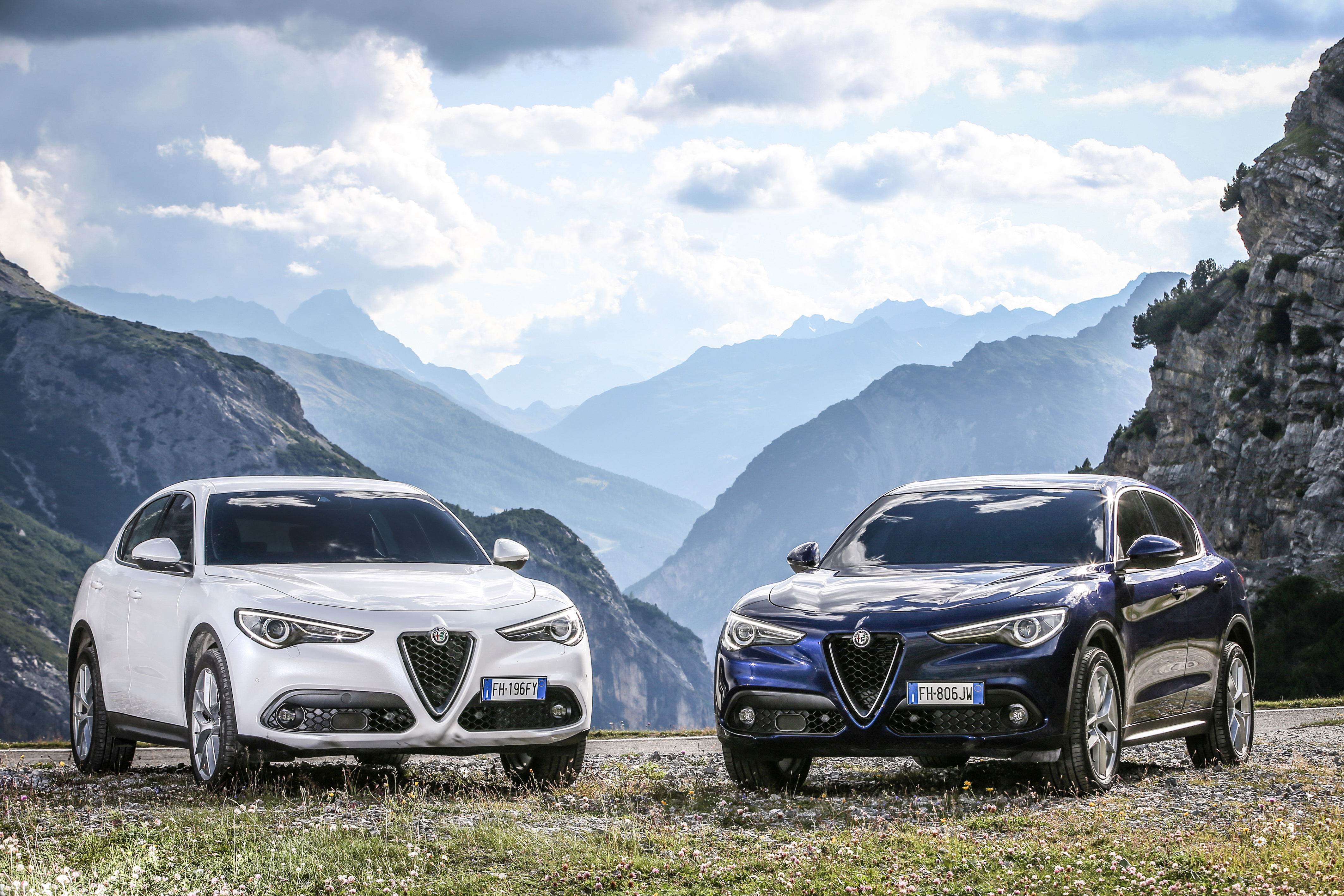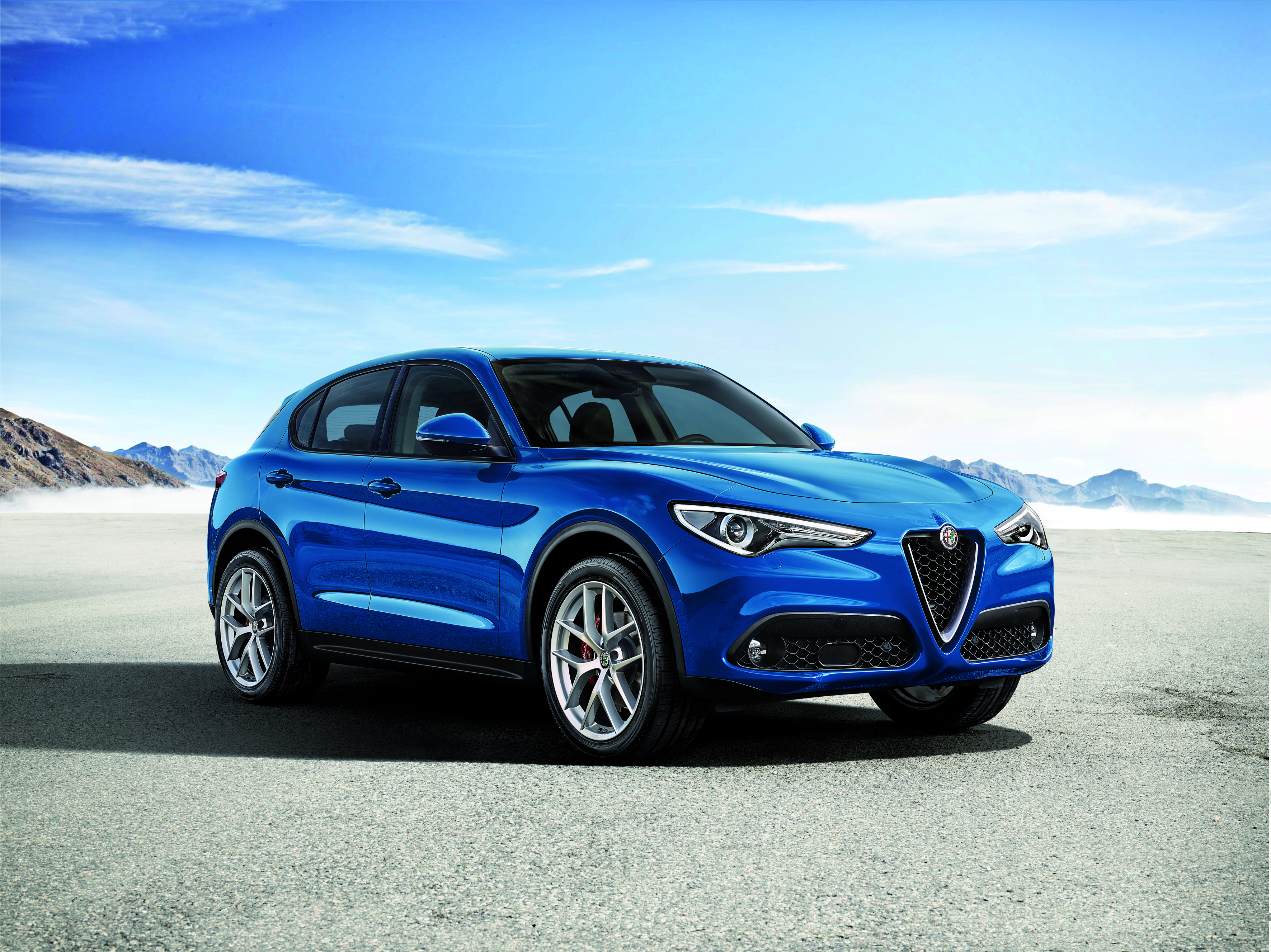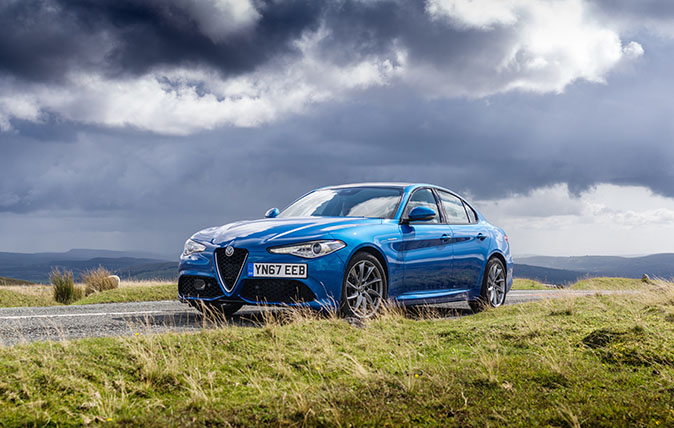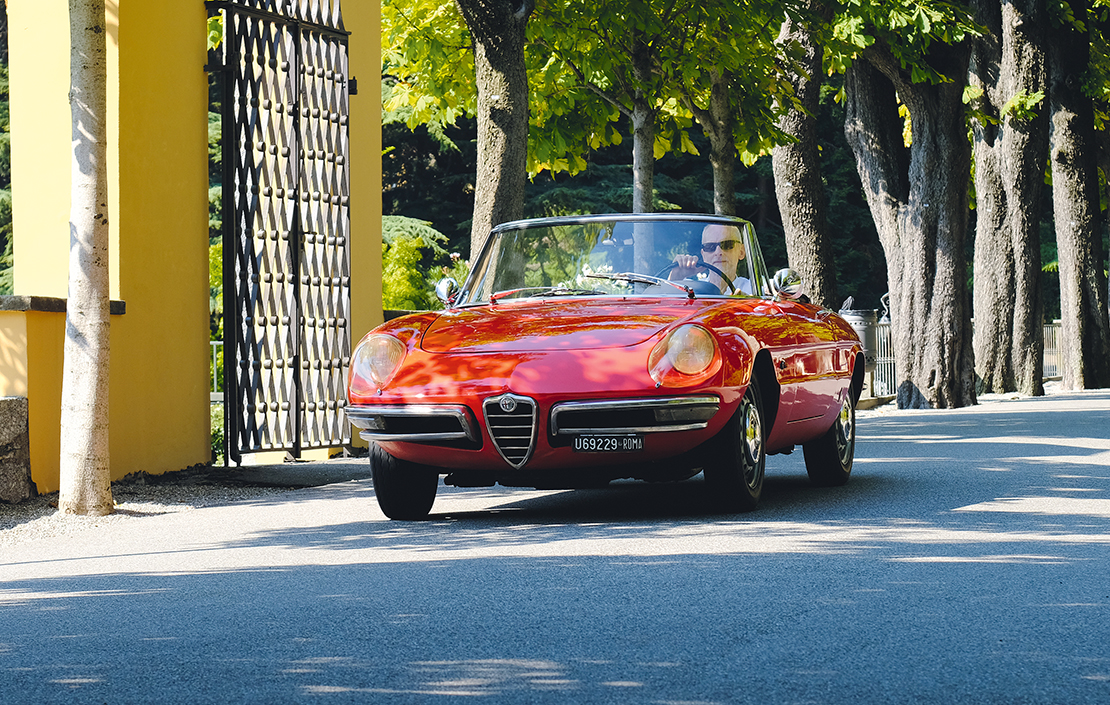Alfa Romeo Stelvio review: 'When you want the Stelvio to lift its skirts and fly, it really can'
With its forensically sharp yet silky steering and obligatory Italian good looks, the Alfa Romeo Stelvio is an all-round delight.


As a man – among many, I suspect – who has always hankered after an Alfa Romeo, but never actually owned one, I fell rather heavily for the Giulia when I tested it last year. By the third corner, in fact – the first two had been so sublime, I didn’t need any more. Very few cars handle as sweetly as that Alfa. I was in the cooking version, too: the 200bhp Super. I could only imagine what the 280bhp Veloce was like or, better still, the fire-breathing Quadrifoglio.
It being an Alfa, of course, love at the first corner was muted somewhat after seven days and several hundred more. Not by the corners, but by the indicator that didn’t self-cancel, an overly officious proximity sensor and an annoying rattle.
However, these trivia weren’t the reasons I didn’t quite give in to sore temptation and join the Alfisti. I didn’t do that because of the boot. As boots go, it was fine, for a sporty coupé at any rate. It just wasn’t fine for me. My boot often contains a dog, fishing rods, wellies and… you get the point. My love of Alfas remained from afar.

Now that those Milanese testa di benzina have built the Giulia with a boot that can take all of the above, I’m running out of excuses. They’ve jacked it up, too, to lend a little extra ground clearance down those muddy tracks that lead to fun with fin.
In addition, they’ve named it after a famous mountain pass – the Stelvio – as if to imply the Giulia’s more altitudinous sister will be just as good in the twisty stuff. Which it is and which was exactly the intention of Roberto Fideli, the Giulia-Stelvio design guru who was lured from Ferrari to oversee the project.
'Not quite as foxy as the Giulia, but still curvy in all the right places'
The Stelvio is built on the same chassis as the Giulia, has the same basic suspension architecture and the same forensically sharp yet silky steering. It’s light like the Giulia, too, almost 200kg (440lb) lighter than the Porsche Macan, the only SUV that can rival it for sporty handling. This crash-diet has been achieved with such trickery as a carbon-fibre propshaft, but also a smörgåsbord of aluminium panels – bonnet, boot, doors, wings – as well as aluminium engine blocks.
The combined effect of all this clever design, exotic suspension and lard-shedding is an SUV that handles like a hot-hatch. Only better. At no point in my very pleasurable journey to the limestone creeks of Derbyshire and back did I feel I was driving a large car. I got all of the good parts of being at the wheel of an SUV (the more relaxing vibe and the space) and none of the bad (concrete damping and heft). And when you want the Stelvio to lift its skirts and fly, it really can.
Exquisite houses, the beauty of Nature, and how to get the most from your life, straight to your inbox.

Although all are good-looking motors – not quite as foxy as the Giulia, but still curvy in all the right places – the Stelvio comes in various states of fast. I drove the Milano Edizione 280bhp petrol version, with plenty enough horses to sprint the Italian from 0 to 60 in under six seconds. The 2.2-litre diesel is no slouch either, with 210bhp and plenty of mid-range punch. Both place the Stelvio on a level footing with either the two-litre petrol Macan or even the V6 three-litre diesel. The Quadrifoglio, which is propelled by the same mentally wonderful Ferrari-derived V6, will not only nip the heels, but positively chew the ankles of the Macan Turbo.
All versions gallop their horses via a superbly seamless eight-speed ZF gearbox, driving the rear wheels for most of the time, but the front as well if the computer senses any loss of traction. Passive safety is also good: the Stelvio scored very highly in the Euro NCAP safety assessment. Inside, I found the Stelvio an all-round delight. Sure, the indicator still doesn’t quite self-cancel, but the proximity sensor has been tamed and, best of all, Alfa has quietly developed an infotainment interface that’s simple, almost intuitive and not at all dangerous.
Ladies and Gents, this is a new car without a touch-screen! It’s back to the future here, with a dial that shifts the selector around the screen. Who’d have thought? After such miracles, the comfortable seats, quiet ride, understated design and sense of space were all just icing on the cake.

Alfa Romeo Giulia Super review: An Italian masterpiece
Our motoring expert Charles Rangeley-Wilson will never look back after test driving this incredible car.

Credit: Jeremy Taylor
A tour of Italy in a classic Alfa Romeo Spider, the classic 60s car promising romance and adventure
It's half a century since the Alfa Romeo Spider's cameo role in one of the defining films of the 1960s.

Grand-Hôtel du Cap-Ferrat review: A 1950s icon beloved of Churchill and Elizabeth Taylor, as good as ever in the 2010s
Rosie Paterson travelled to one of the Mediterranean's most famous hotels: the beautiful Grand-Hôtel du Cap-Ferrat.
